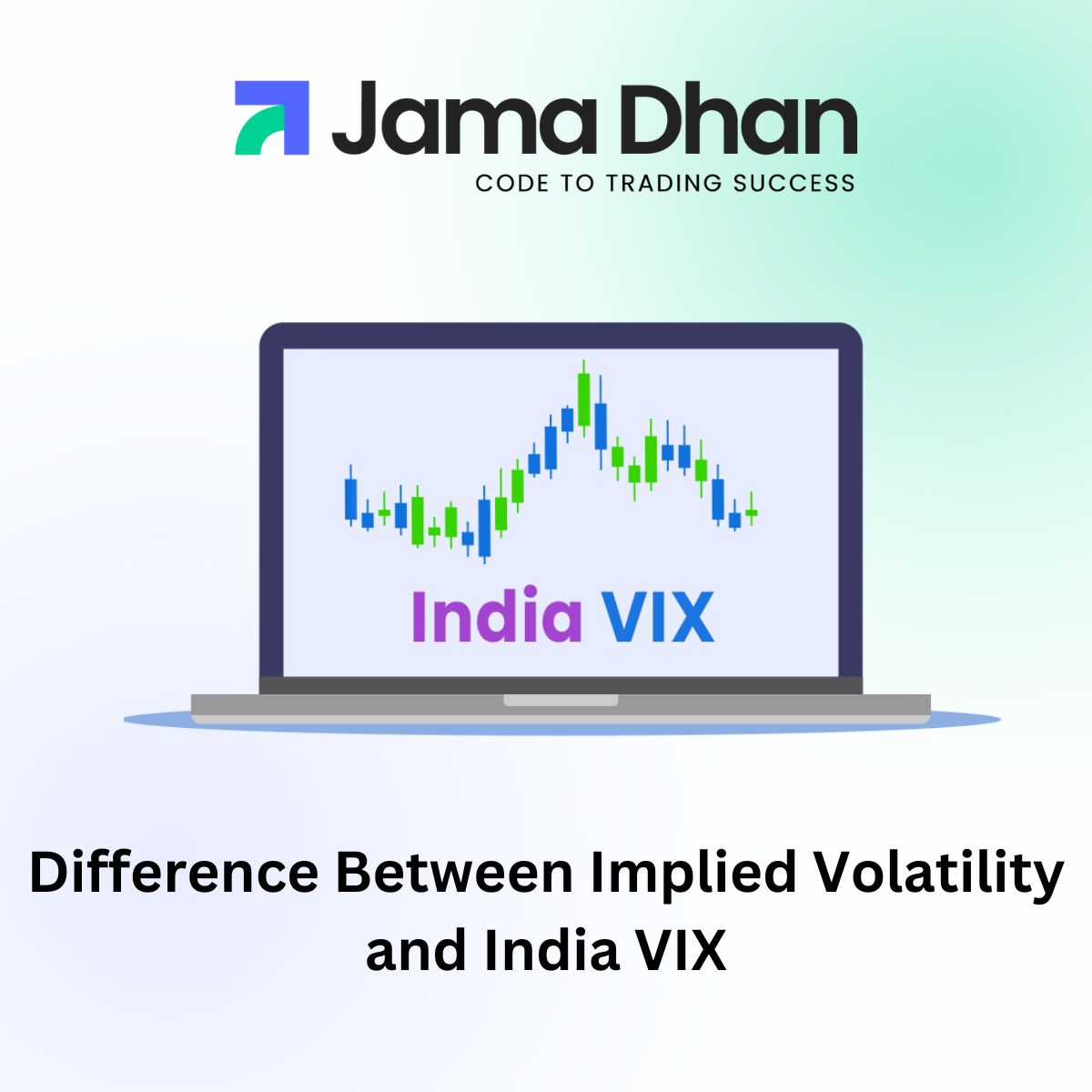The concepts of Implied Volatility (IV) and India VIX are crucial for traders and investors in the stock market, especially those involved in derivatives trading. While both terms revolve around market volatility, they serve different purposes and are calculated differently. In this blog, we’ll explore the meaning of these terms, their significance, and how they differ from each other.
What is Implied Volatility (IV)?
Implied Volatility (IV) is a measure of the market’s expectations of future price movements of an underlying asset over a specific period. It is derived from the prices of options contracts and represents the level of uncertainty or risk perceived by market participants.
Key Features of Implied Volatility:
- Derived Value: IV is not directly observable; it is calculated using an options pricing model like Black-Scholes.
- Asset-Specific: It varies for each stock or index based on its options.
- Impact on Option Prices: Higher IV increases an option’s premium, reflecting higher expected risk.
What is India VIX?
India VIX is a volatility index introduced by the National Stock Exchange (NSE) that measures the expected volatility of the Nifty 50 Index over the next 30 days. Also known as the “fear gauge,” India VIX helps gauge the level of market sentiment and potential price fluctuations.
Key Features of India VIX:
- Focus on Nifty 50: It is based on the order book of Nifty 50 options.
- Expressed in Percentage: For instance, an India VIX value of 20 indicates a 20% expected annualized movement in the Nifty 50.
- Market Sentiment Indicator: A higher VIX indicates increased market fear or uncertainty, while a lower VIX signals market stability.
Key Differences Between Implied Volatility and India VIX
| Aspect | Implied Volatility (IV) | India VIX |
| Definition | Represents expected volatility for a specific option. | Represents expected volatility of the Nifty 50 Index. |
| Scope | Asset-specific (applies to individual stocks or indices). | Index-specific (Nifty 50). |
| Purpose | Helps in pricing options contracts. | Measures market sentiment and overall index volatility. |
| Calculation Method | Derived using an options pricing model. | Based on Nifty 50 options order book data. |
| Expression | Not directly expressed as a percentage. | Expressed as an annualized percentage. |
| Significance | Impacts individual options trading strategies. | Indicates the broader market’s fear or complacency level. |
Why Should Traders and Investors Care?
- Implied Volatility (IV):
- Essential for options traders to identify pricing inefficiencies.
- Helps gauge the potential risk of specific stocks or indices.
- India VIX:
- Crucial for understanding market-wide sentiment.
- A valuable tool for risk management and portfolio hedging.
Practical Example
- Implied Volatility: Suppose the IV for Reliance Industries options is 25%. This means the market expects Reliance stock to move significantly (higher or lower) in the near term.
- India VIX: If the India VIX value is 15, it reflects a relatively low expected volatility for the Nifty 50 Index, indicating market stability.
Conclusion
Both Implied Volatility and India VIX are essential tools for understanding market dynamics and making informed trading decisions. While IV focuses on individual stocks or indices, India VIX provides a broader view of market sentiment. By leveraging both metrics, traders can develop more effective strategies and navigate the complexities of the financial markets with confidence.










